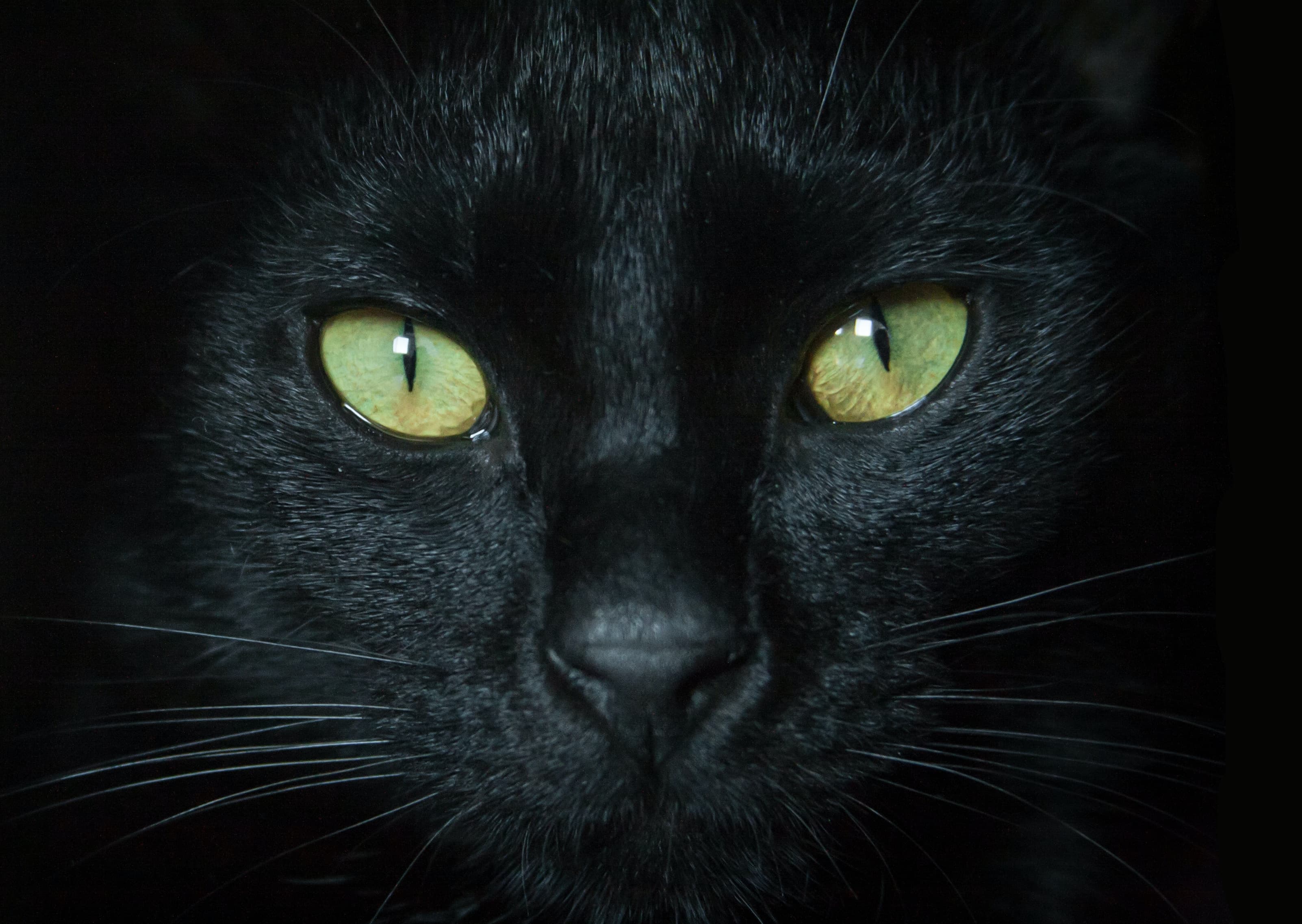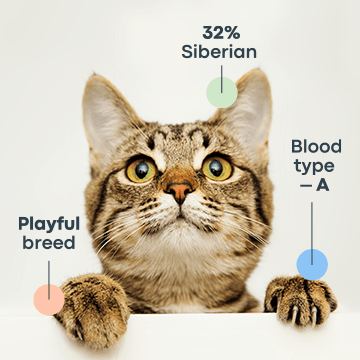Understanding the Basics of Feline Eye Colors
At the heart of every feline's allure lies their eyes, which can range from brilliant blues to deep greens and even golden hues. These mesmerizing hues vary widely, ranging from striking blues and radiant greens to mysterious yellows and deep browns. The diversity of eye colors among cats can be attributed to genetics, pigmentation, and sometimes even health conditions. Understanding the science behind these colors involves unraveling the intricate interplay of genetics, pigments, and environmental factors.
Kittens are typically born with blue eyes, which can change as they age due to the development of pigments in the iris. While blue eyes are most commonly associated with kittens, certain breeds, such as the Siamese and the Balinese, often retain this color into adulthood. Green and yellow eyes are prevalent among various breeds and can be attributed to the presence of a yellow pigment called lipochrome. The enigmatic allure of feline eye colors serves as a visual testament to the complexity and beauty of these beloved companions, offering a glimpse into their genetics and uniqueness.
The Role of Genetics in Determining Cat Eye Colors
Much like us, humans inherit certain physical traits from our parents, so do cats. The color of a cat's eyes is primarily determined by their genetic makeup. The 'cat eye colors chart,' if you will, showcases the various possibilities that arise from these genetic combinations. Genes that influence eye color can produce pigments like melanin, leading to a spectrum of shades. For instance, a cat carrying the gene for blue eyes will often have a pale coat and those mesmerizing azure eyes.
Factors That Affect the Color of Your Cat's Eyes
Let's talk about those mesmerizing cat eyes! Now, genetics might be the star of the show, but there's a whole crew working behind the scenes to bring you that final eye color extravaganza. We're talking pigmentation, we're talking health conditions – it's a full-on party in there!
So, here's the deal: while genetics struts its stuff, pigmentation swoops in to add those vibrant hues to the mix. Think of it like the DJ dropping beats on the dance floor – lipochrome for greens and yellows, melanin for those deep browns and blacks. Now, sometimes, health conditions sneak in like an unexpected guest. Cloudy eyes might mean an eye infection has crashed the party. Here are the key factors that can affect the color of your cat's eyes:
Pigmentation: The presence and distribution of pigments within the iris contribute to the final eye color. The two main types of pigments that affect eye color are melanin and lipochrome. Melanin is responsible for creating dark colors, such as brown or black, while lipochrome produces lighter colors like yellow and green.
Age: As kittens grow, their eye color can change due to the development of pigments. This is particularly noticeable in breeds that start with blue eyes, as the pigments gradually replace the initial blue hue.
Breed: We've got different cat breeds strutting their stuff with their own signature eye colors. Siamese cats are like the cool kids rocking striking blue eyes, while Turkish Van cats are all about those amber or mix-n-match eyes – it's like a fashion show on their faces!
Heterochromia: a condition in which a cat's eyes are different colors. This can be caused by varying amounts of pigmentation or even genetics. Complete heterochromia results in one eye being a completely different color from the other.
Albinism and Color-Point Genes: But wait, there's more! Genetic mutations are throwing the wildest parties. Albinism is the ultimate no-melanin shindig, resulting in pink or super light blue eyes – it's like a neon sign on their face. And those color-point patterns, like the Siamese cats rock, lead to dark colors in specific spots, like they're wearing designer shades.
Health Conditions: Last but not least, health conditions are like the party crashers. Cloudy eyes? That could mean an eye infection gate-crashed the bash. See, even cat eyes have their drama and mysteries, making the feline world the coolest show in town!
The Fascinating World of Cat Eye Color Variations
Cat eye colors encompass a wide spectrum that reflects both their genetic makeup and the presence of specific pigments within the iris. Here are some common cat eye colors and the factors that contribute to their variations:
Blue Eyes: Most kittens are born with blue eyes due to the initial absence of pigmentation. As they grow and develop, the presence of melanin starts to influence the eye color. Some breeds, like Siamese and Ragdoll cats, retain blue eyes into adulthood due to specific genetic traits.
Green Eyes: The presence of a yellow pigment called lipochrome, combined with a scattering of light, can create green eye colors. This pigmentation is often influenced by genetics and may develop as kittens mature.
Amber Eyes: A mix of green and orange pigments results in amber eyes. This color is common in many breeds and is usually due to the presence of a small amount of melanin along with lipochrome.
Yellow Eyes: The presence of lipochrome, which is responsible for creating yellows and greens, contributes to the vibrant yellow eye color seen in some cats.
Copper Eyes: Copper eyes are a rich variation of orange or amber, often seen in breeds like the Abyssinian. They are a result of a higher concentration of pigments.
Odd-Eyed Cats: Some cats have one eye of a different color than the other, a condition known as odd-eyed or heterochromatic. One eye might be blue while the other is green, for example. This condition is often related to genetics and can be striking in appearance.
It's important to note that while genetics play a significant role in determining eye color, the presence of pigments and their interaction with light can lead to variations even within the same breed or lineage. Cat eye colors are not only aesthetically appealing but also offer insights into the intricate interplay of genetics and biology that make each feline's gaze uniquely captivating.
Different Cat Breeds and Their Unique Eye Colors
Various cat breeds exhibit distinct eye color characteristics, which make them even more captivating. Siamese cats, for instance, often boast striking blue almond-shaped eyes that stand out against their dark coats. Similarly, the Turkish Van breed is known for its unusual odd-eyed trait, with one eye being blue and the other amber.
The Link Between Eye Colors and Feline Health
Beyond aesthetics, the color of a cat's eyes can sometimes offer insights into their health. Rapid changes in eye color might be indicative of underlying medical issues, such as inflammation or infection. Keeping a watchful eye on these changes and seeking veterinary care when needed is crucial to maintaining your cat's well-being.
Cat Eye Care Tips to Ensure Healthy Vision
Caring for your cat's eyes goes beyond mere aesthetics; it's an integral part of their overall health. Regularly wiping away discharge, keeping their living environment clean, and providing a balanced diet rich in nutrients all contribute to maintaining clear and healthy eyes. Additionally, routine veterinary check-ups can help catch potential issues early on.
Myth Busters: Separating Fact from Fiction on Cat Eye Colors
Myths surrounding 'cat eye colors' have persisted over time, leading to misconceptions. One common misconception is that black cats always have green eyes. In reality, their eye color is determined by their genetics, just like any other cat. Separating fact from fiction allows us to appreciate these creatures for who they are, without attaching unnecessary stereotypes.

Celebrating the Beauty and Diversity of Cats' Eyes
The world of cat eye colors is a testament to the wonders of nature and the fascinating intricacies of life. From the vibrant tones of the Maine Coon's eyes to the captivating odd-eyed charm of the Khao Manee, each cat's gaze tells a unique story. As cat lovers, we are fortunate to witness and celebrate this diversity.
Conclusion
In the grand tapestry of nature, few things are as captivating as the myriad hues that adorn a cat's eyes. From the 'cat eye nail colors' that genetics bestow upon them to the rarest of 'cat eye colors,' each shade adds to the aura of mystery that surrounds these graceful creatures. All cat owners and admirers should embrace the beauty of their cats' eyes, cherish the stories they tell, and ensure their ongoing health and well-being. After all, within those eyes lies the very essence of these enchanting beings.
Frequently Asked Questions
What eye colors can a ginger cat not have?
A ginger cat cannot have blue eye color.
How many cat eye colors?
Cats can have a variety of eye colors, typically ranging from blue, green, yellow, and brown.
How can a cat have 2 eye colors?
Heterochromia, a genetic condition, causes a cat to have two different eye colors.
Most common eye color in cats?
The most common eye color in cats is green.
Can a cat's eye color change over time?
Yes, a cat's eye color can change over time, especially during their first few months of life.
What breed of cat has the most unique eye colors?
The Turkish Van breed is known for having one of the most unique eye color combinations, often odd-eyed with one blue and one amber eye.
How does genetics play a role in determining a cat's eye color?
Genetics determine a cat's eye color by controlling the production and distribution of pigments in the iris.




